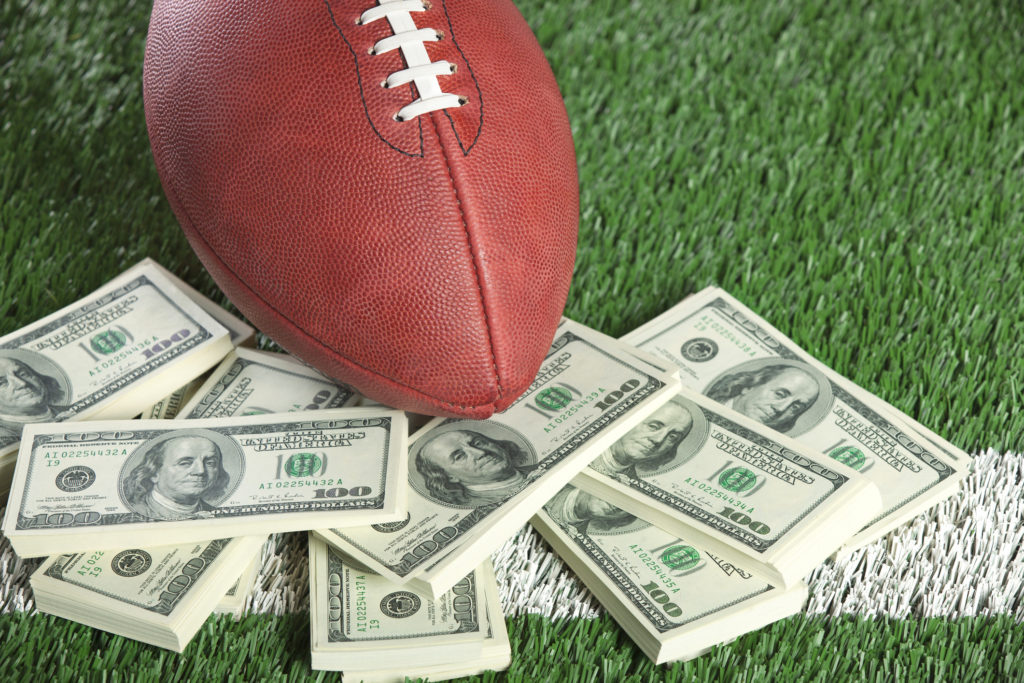
What do you do after you get a bad rating book? You do your homework, you figure out what went wrong, and you fix it.
No, we’re not talking about a radio station. We’re talking about the NFL. Recode reports that in 2016-17, regular season ratings fell 9% while playoff ratings dropped 6%. This drop could be due to any number of causes – the Presidential election, the Colin Kaepernick backlash, or the lack of superstar players and dominant teams. And another plausible theory is that NFL ratings could be pressured like everyone else by competitive heat from myriad social media and digital distractions that defocus the pro football season.
But it could also be due to internal factors.
And that’s the impetus that has pushed the NFL to take steps to make its televised games more watchable. Last month, Commissioner Roger Goodell announced a plan to initiate a number of policies designed to improve the fan experience.
In a well-publicized note, Goodell raised an issue that irks many fans:
“We know how annoying it is when we come back from a commercial break, kick off, and then cut to a commercial again. I hate that too. Our goal is to eliminate it.”
This is all part of a larger initiative to speed up the game and improve the fan experience. Faster replay analysis is in the mix, too, along with standardizing the length of halftime in all games. But commercial breaks – their length and placement are part of “the fix,” too, and that should resonate with radio managers, program directors, and sales managers.
Goodell has been roundly criticized in many quarters for any number of policy decisions, but in this case, he’s doing the right thing:
- He’s admitting the league has a problem – It starts right there. Fans appreciate knowing the boss shares some of their same frustrations. He is empathizing with everyone who watches NFL games.
- He’s owning the problem – Goodell is taking responsibility, not shoving it off on others or shrugging and explaining how aggressive his financial projections are pinning the problems to other internal issues. He’s the commissioner, and the buck – literally – stops with him.
- He’s clearly communicating the goal is to improve the user experience – Like just about every other media and entertainment outlet, Goodell acknowledges that fans simply won’t put up with a substandard or annoying presentation. And this is in an environment where team and player loyalties are powerful. But a bad in-game experience will still drive fans away.
- He’s done his research – It’s obvious the NFL has done its homework. Goodell alludes to a research study, citing fan feedback. Like any consumer business, it is essential to go to the target audience to learn what’s right – and what’s wrong.
- He’s doing something about it – In radio, problems identified in research – especially involving commercial loads and qualities – are simply accepted as givens. Rather than saying there’s nothing the league can do about its nasty advertising habit, Goodell is going right at the problem by attacking commercial placement and breaks.
- He is going right to the fans with the plan – This is the smartest move of all. Strategic radio teams often come together, make the necessary improvements, and then sit back and hope listeners notice. In the case of Goodell and the NFL, they’re putting their blueprint right in front of fans in an effort to more quickly affect change.
You can read Goodell’s statement here.
Every aspect of entertainment is being disrupted, even ESPN and the vaunted NFL. And that means that no matter how lofty a brand, it is never immune to analysis and improvement.
The proof will be in the actual flow and speed of the game – something the league hopes fans will notice.
And then it’s up to Nielsen to measure the results to determine if the NFL can turn its ratings problems around…
…without giving away cash or creating commercial-free halftime shows.
- What To Do If Your Radio Station Goes Through A Midlife Crisis - April 25, 2025
- A 2020 Lesson?It Could All Be Gone In A Flash - April 24, 2025
- How AI Can Give Radio Personalities More…PERSONALITY - April 23, 2025




“Doing something about…commercial loads and qualities.” Not saying you aren’t right, but good luck convincing the GM/GSM about that one! 🙂
Hey, Tim, if Roger Goodell greenlights this, anything’s possible. Thanks for the comment.
The takeaway for radio is simple and has been proven time and again: build more value for our commercials and charge more, while concurrently both increasing revenue and reducing the spot load.
How? Document, measure, and attribute our radio advertisers’ sales results to the penny – 52 weeks a year. These strategies always produce more premium rate revenue per hour of prospecting, presenting, closing and servicing.
Doing this inside and outside of radio sales, management and ownership, I’ve found it’s actually easier and far more profitable to give our radio advertisers the measurability, documentation and attribution they want. This is the only way to lift radio out of the muck and mire of the status quo, and collectively grow our industry’s inflation-adjusted, flat-lining revenue.
Andy, many thanks for taking the time to share your perspective on radio’s commercial load/quality challenges. Clearly, valuing the inventory and demonstrating accountability and results is a path. Appreciate it.